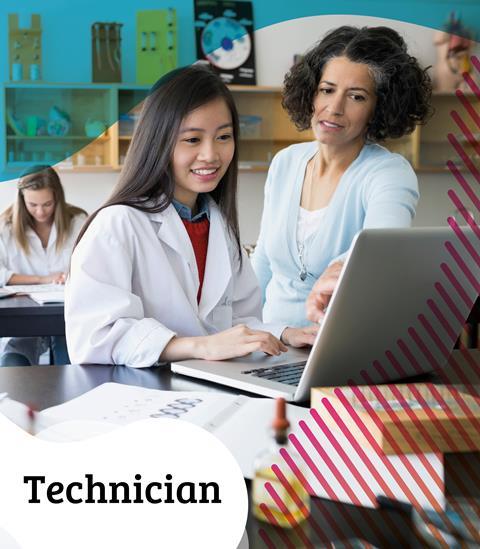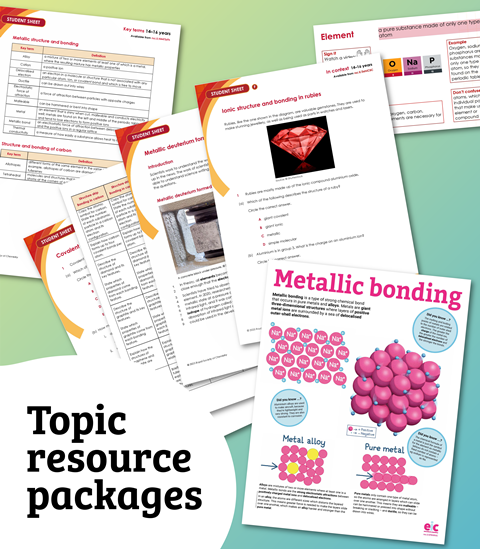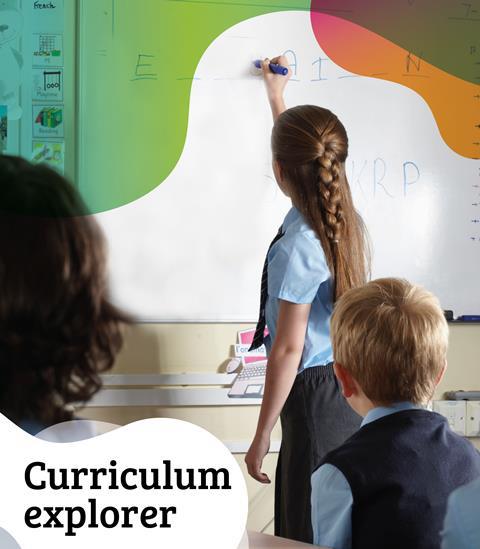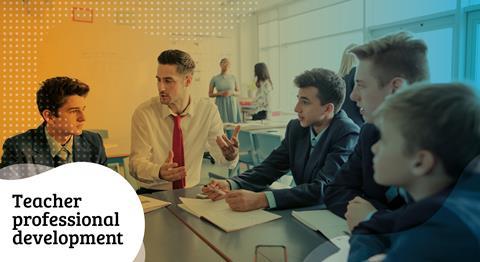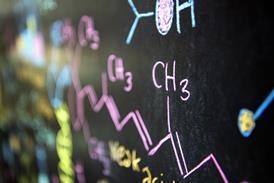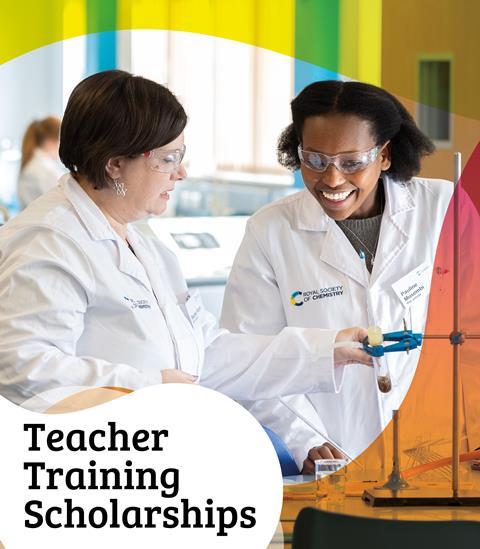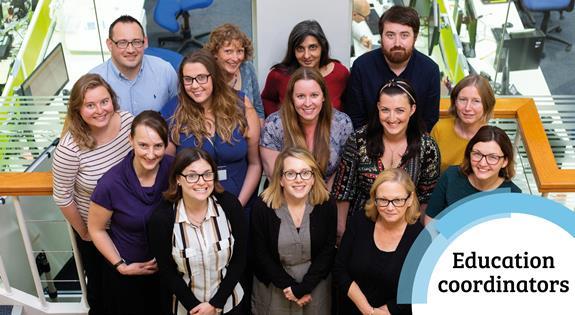
Jane Essex
Jane taught chemistry and science in comprehensive schools in England for 16 years before moving into higher education. She is currently a reader (associate professor) at the University of Strathclyde, Glasgow, UK. Her main work is in the field of initial teacher education. Her research focus is inclusion in STEM (science, technology, engineering and mathematics) and her work considers how STEM can be made accessible to all learners. Her particular focus is on those with additional support needs (ASN)/ special educational needs and disabilities (SEND) but she is also interested in promoting access to STEM by other marginalised groups. She is an active member of the Royal Society of Chemistry and serves on the committee of the Glasgow and West of Scotland local section and having been chair of the chemistry education research group. She was awarded the RSC Inclusion and Diversity Award in 2019.
She has recently published her first book, Inclusive and Accessible Secondary Science: How to Teach Science Effectively to Students with Additional or Special Needs. Outside work, Jane enjoys industrial archaeology, especially visiting historic sites. She also sings in her local choir and is hoping to persuade them to add Tom Lehrer’s elements song to their programme.
 News
NewsHow metacognition improves student engagement and outcomes
Two strategies to improve learners’ thinking about thinking when solving chemistry problems
 News
NewsFoster more diverse involvement in all science lessons
Understand the challenges faced by students with concealable or hidden characteristics to engage all your learners in classroom research
 Ideas
IdeasImprove manipulative skills for all
Ensure your students stay safe in practical classes, especially those with difficulties handling equipment
 Ideas
IdeasSupporting diverse learners
How to boost students’ acquisition of technical language in the science classroom

 Ideas
IdeasHow to teach acids, bases and indicators for all
Ensuring accessibility for students with motor or visual difficulties
 Opinion
OpinionWhy don’t we include everyone when we talk about ‘science for all’?
SEND pupils aren’t considered our future scientists
 Opinion
OpinionWho is chemistry for?
Could refocusing chemistry education open doors to students with additional educational needs?
 Review
ReviewCaptivate, activate and invigorate the student brain in science and math
Neuroscience in the classroom
 Feature
FeatureBehind the scenes at the Victorian pharmacy
Jane Essex and a team of students use simple analytical tests to identify the contents of hundreds of bottles in an old chemist's shop
 Review
ReviewCross-curricular teaching and learning in the secondary school
Jane Essex reviews this specialist teaching and learing guide
 Review
ReviewGCSE Science Skills Booster
Jane Essex reviews this skills booster which illustrates the role of HSW aspects



